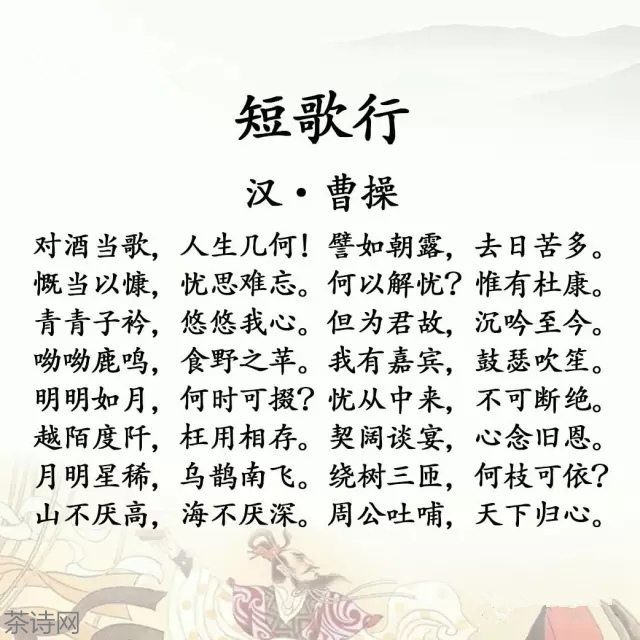
Танка обычный вид короткого японского стиха. Тут обычный в смысле как распространённый, так и устоявшийся и основанный на обычае, построенный вот по такому составу
5 слогов
7 слогов
5 слогов
7 слогов
7 слогов
7 слогов
В европейском (западном и к ним конечно относящемся русском) толковании простой “чисто формалистской” формулой будет слог воспринимать как сочетание гласных любой длины.
Что такое танка
Это стих японский, так это?
Да стих, а не танкетка.
И не вареная морковь.
Смотри в окно. Попей чаю.
Читайте танки
и пишите танки о том, что Отечеству нужны танки. И много ещё чего. Баллистические ракеты. И ракеты средней дальности. И новые локомотивы. И свои самолеты. И образованные дети.
Например, хотя тут и нет стилистического “крючка” танки, только слога по формуле
Пишите танки
О самолетах, танках
О ракетах и море
И железных дорогах
И людях – нужны они
Нашему Отечеству
Стихи хокку. Сборник объяснений, истории и образцы хокку, формы ещё более краткой чем танка. Текст из советского сборника полувековой давности.
Все стихи танка на русском у Стихотворного чудовища
Здесь можно дать любое объявление
Контакты, связи, экспорт-импорт, объявления и поиск клиентов и парнёров.